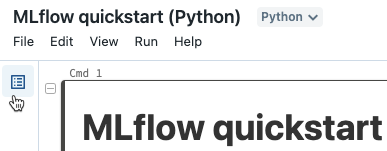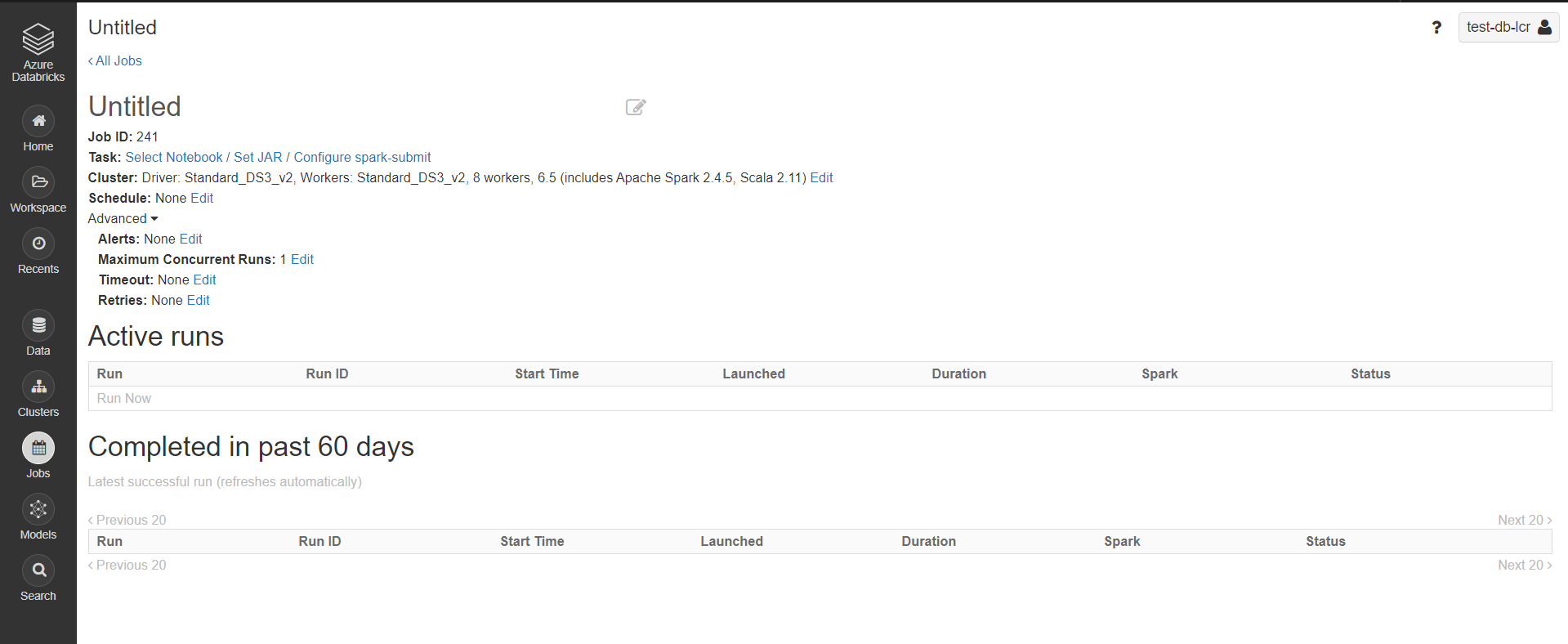Databricks Markdown Cell
This folder contains markdown files synched with my Smart Phone. Startup Stories and Analysis - Get all the latest news from India and around the world about startup companies, business, entrepreneurs, fundings, investments, tech on Pixr8. Furthermore, you learned that in a Jupyter Notebook file, you can double-click in any Markdown cell to see the syntax. Into Databricks - you'll need to. A well-developed knowledge of clinical microbiology is critical for the practicing physician in any medical field. Bacteria, viruses, and protozoans have no respect for the distinction between.

Databricks Keyboard Shortcuts
Written for programmers with a background in another high-level language, this book uses hands-on instruction to teach today’s most compelling, leading-edge computing technologies and programming in Python–one of the world’s most popular and fastest-growing languages. Please read the Table of Contents diagram inside the front cover and the Preface for more details.
Databricks Markdown Syntax

In the context of 500+, real-world examples ranging from individual snippets to 40 large scripts and full implementation case studies, you’ll use the interactive IPython interpreter with code in Jupyter Notebooks to quickly master the latest Python coding idioms. After covering Python Chapters 1—5 and a few key parts of Chapters 6—7, you’ll be able to handle significant portions of the hands-on introductory AI case studies in Chapters 11—16, which are loaded with cool, powerful, contemporary examples. These include natural language processing, data mining Twitter for sentiment analysis, cognitive computing with IBM Watson™, supervised machine learning with classification and regression, unsupervised machine learning with clustering, computer vision through deep learning and convolutional neural networks, deep learning with recurrent neural networks, big data with Hadoop, Spark™ and NoSQL databases, the Internet of Things and more. You’ll also work directly or indirectly with cloud-based services, including Twitter, Google Translate™, IBM Watson, Microsoft Azure, OpenMapQuest, PubNub and more.
Features
• 500+ hands-on, real-world, live-code examples from snippets to case studies
• IPython + code in Jupyter Notebooks
• Library-focused: Uses Python Standard Library and data science libraries to accomplish significant tasks with minimal code
• Rich Python coverage: Control statements, functions, strings, files, JSON serialization, CSV, exceptions
• Procedural, functional-style and object-oriented programming
• Collections: Lists, tuples, dictionaries, sets, NumPy arrays, pandas Series & DataFrames
• Static, dynamic and interactive visualizations
• Data experiences with real-world datasets and data sources
• Intro to Data Science sections: AI, basic stats, simulation, animation, random variables, data wrangling, regression
• AI, big data and cloud data science case studies: NLP, data mining Twitter, IBM Watson™, machine learning, deep learning, computer vision, Hadoop, Spark™, NoSQL, IoT
• Open-source libraries: NumPy, pandas, Matplotlib, Seaborn, Folium, SciPy, NLTK, TextBlob, spaCy, Textatistic, Tweepy, scikit-learn, Keras and more.

We have detected that you are using Internet Explorer to visit this website. Internet Explorer is now being phased out by Microsoft. As a result, NHS Digital no longer supports any version of Internet Explorer for our web-based products, as it involves considerable extra effort and expense, which cannot be justified from public funds. Some features on this site will not work. You should use a modern browser such as Edge, Chrome, Firefox, or Safari. If you have difficulty installing or accessing a different browser, contact your IT support team.

